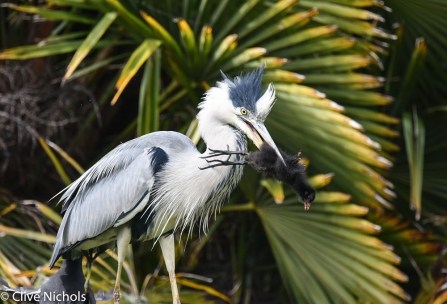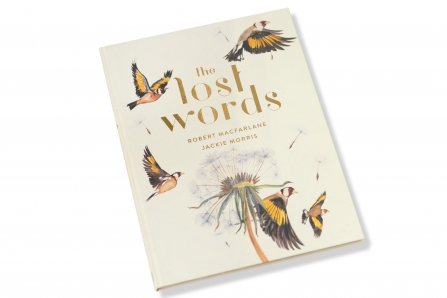Mostly solitary, Grey Herons will nest in colonies called ‘Heronries’, often in treetops, making large messy nests from twigs and grass.
Grey Herons are generalists in habitat use but can often be spotted near water bodies throughout towns and the countryside, standing motionless with their yellow beady eyes glued to their next meal. Grey Herons mainly feeds on fish but will grab hold of anything they can get their beaks on. They’ve been witnessed gobbling down rats, moles, crayfish and even young birds!



